When the first rains of the season water the grass and trees, awakening the hills after a series of dry days, it is also the time when people in Quang Phu, Krong No and Nam Da communes are busy entering the new planting season. When the rainy season comes, it is also the time when people here start clearing grass and burning the ground cover to prepare for the corn crop. Unlike other places, corn planting here cannot be done by machinery because the entire area is covered with rocks.
Everything is done by hand, people scratch each crevice in the rocks, choose each small patch of land to create a hole, then gently place each corn kernel in there. The labor tools are also very simple, just bamboo or wood, one end is sharpened and covered with iron. The seeding process requires the worker to have strong hands to poke holes between the rocks to sow the seeds, and strong legs to walk, because the rocky hills are undulating in all kinds of ways.
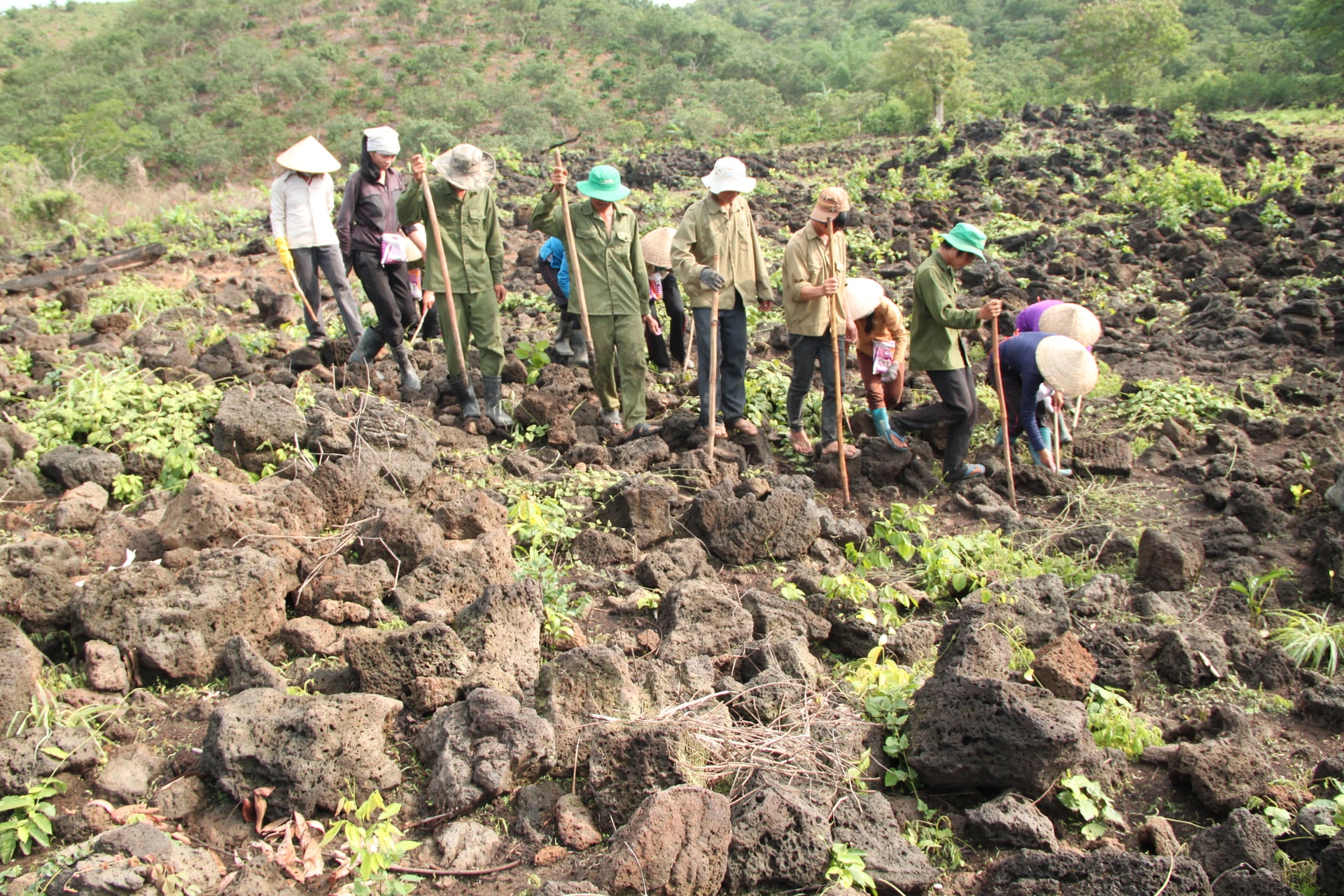
Sowing seeds is also done in pairs, the person who pokes holes goes first and the person who sows seeds goes after, following each other from the beginning of the field to the end of the field. The person in front holds a stick to poke hard into the gaps between the rocks, the person behind holds the corn seeds in one hand and a long stick in the other hand to cover them up after dropping the seeds. This coordination must also be rhythmic and steady so as not to forget the holes that have been poked or miss places where seeds can be sown. At best, a pair of “hole pokers - sowers” can only sow 1 kg of corn seeds per day.
Also because of this way of sowing, here it is not calculated by area, but by the number of seeds per crop. Mr. Cao Van Cuong, Phu Xuan village, Quang Phu commune said, wherever there is land, he plants, wherever there is rock, he avoids. The strange thing is that although growing on rock, "God loves", corn is nourished by nutrients from volcanic rock, the plant grows well.
To facilitate planting, local people often exchange labor with each other. Each group of 5-10 people takes turns working on the fields for each household, after one household, it is time for another household. Those who have little land or no fields go to work for hire to earn extra income to support their lives. Ms. H'Giot, in Phu Xuan village, Quang Phu commune happily said: "Working in groups to exchange labor is fun! We talk while working, and there are people to help each other, making it less tiring. There are days when it rains heavily, but we don't stop because after finishing our field, we have to help other households' fields to make it on time for the season."
The rocky land where people are growing corn is about 3,000 hectares wide, located in the communes of Quang Phu, Krong No, and Nam Da. The characteristic of this land is the laterite layer formed from lava flows erupting from the Chu B'lúk volcano and the Nam Kar volcano. Although the land conditions are not favorable, by using traditional manual methods, the farmers here still work hard to maintain the annual production rhythm. The local government is also supporting and encouraging people to switch to growing high-yielding hybrid corn varieties.
The Nâm Kar Volcano and Chư B'lúk Volcano are beautiful volcanoes in the UNESCO Global Geopark area. These volcanoes were active millions of years ago, with a combination of both effusive and explosive eruptions. The land around the volcanoes is characterized by layers of laterite formed from the eruption of lava flows.
Coming to the production area at the foot of the volcano and in the area of the longest volcanic cave cluster in Southeast Asia, visitors can not only explore the crater, lava cave or learn about the M'nong culture, but also immerse themselves in the life of farmers, clearing fields, sowing seeds, roasting corn in the fields or staying at local people's houses to fully experience the life of the ethnic groups in the Central Highlands. Every activity, from simple things like carrying water to elaborate things like making holes in rocks to sow seeds, can become a valuable experience, helping visitors better understand the people, culture and nature here.
Traveling is not just about seeing but also about feeling, sharing and accompanying the local people. If we continue to invest in the right direction in both agriculture and tourism, this place can completely become a model of sustainable development in the land of global geological heritage.
Source: https://baolamdong.vn/doc-la-trong-ngo-tren-dung-nham-nui-lua-386481.html


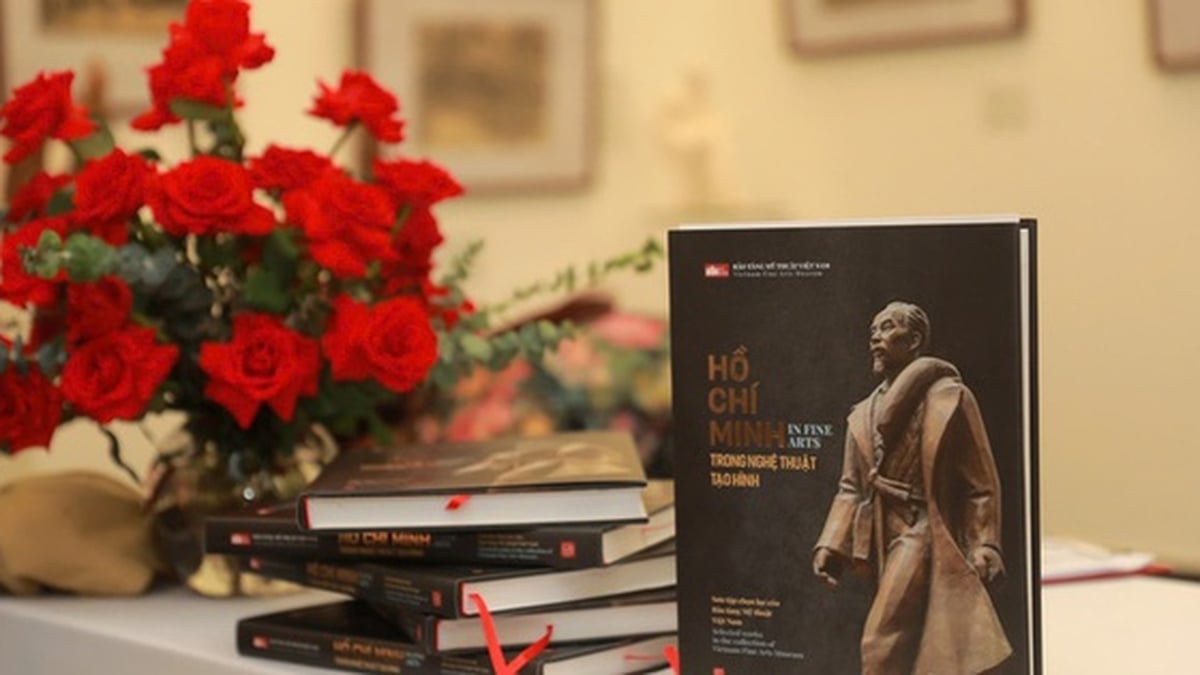

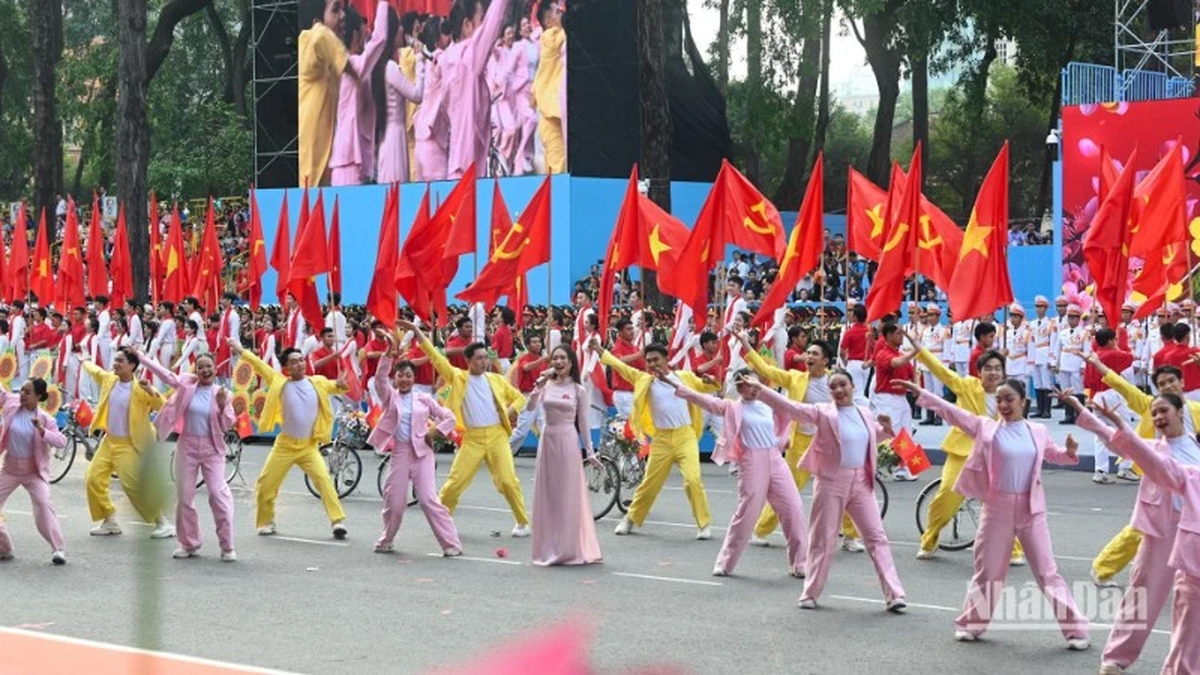
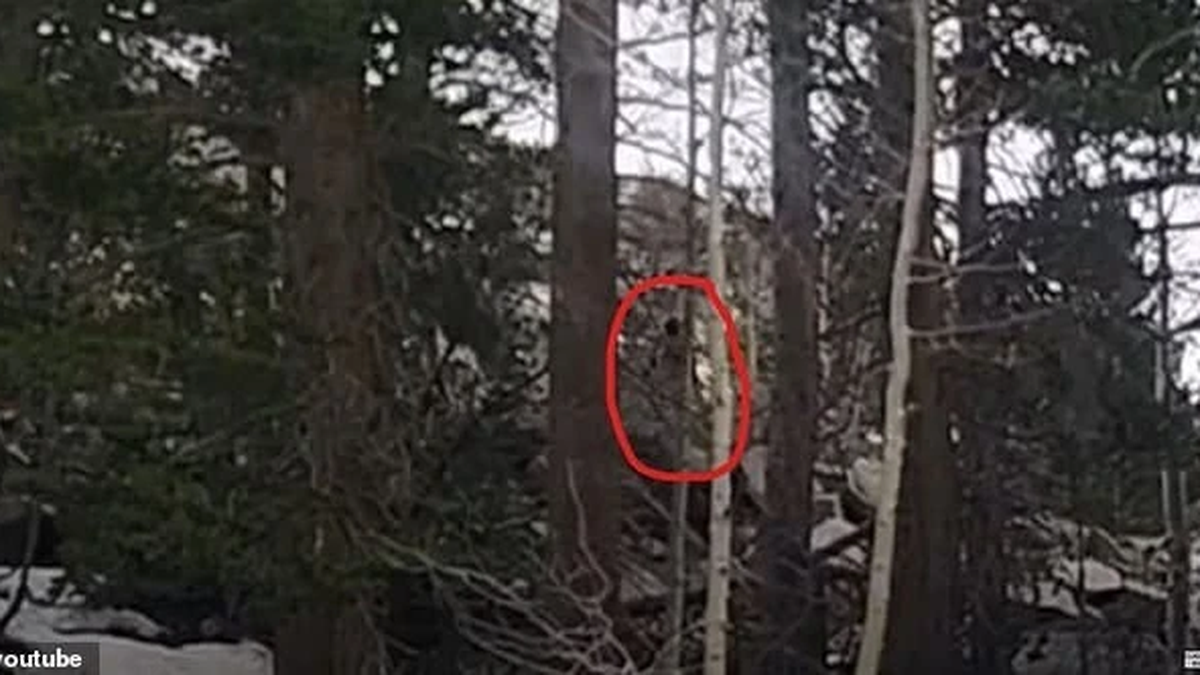
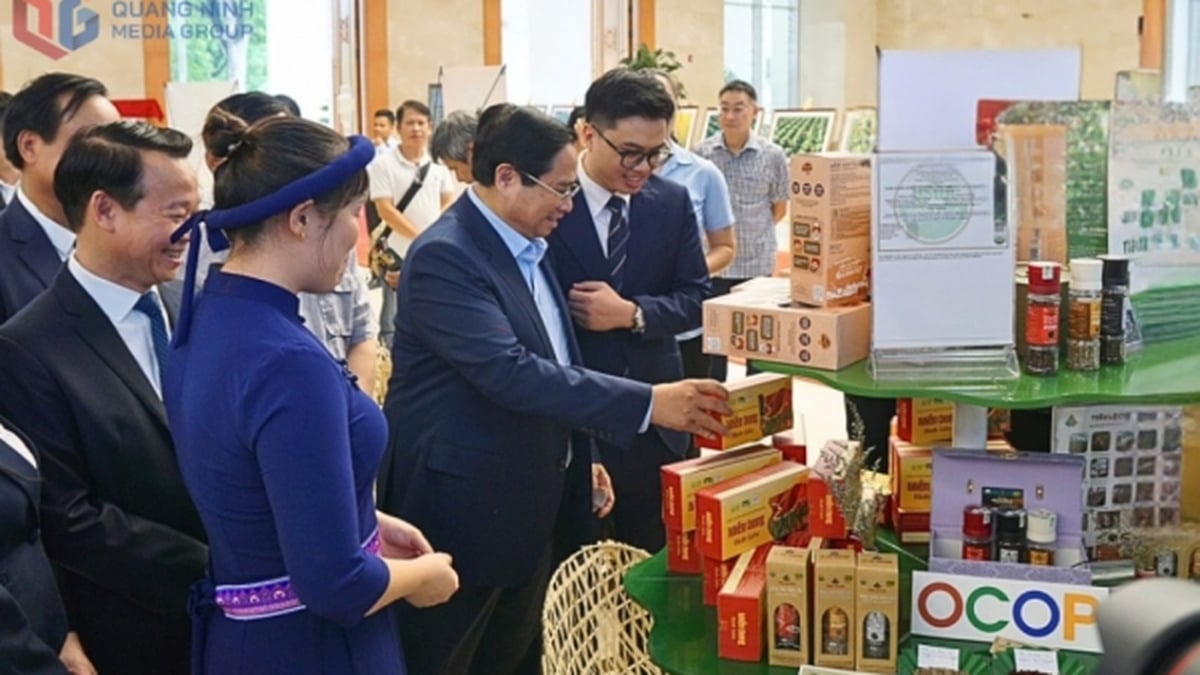
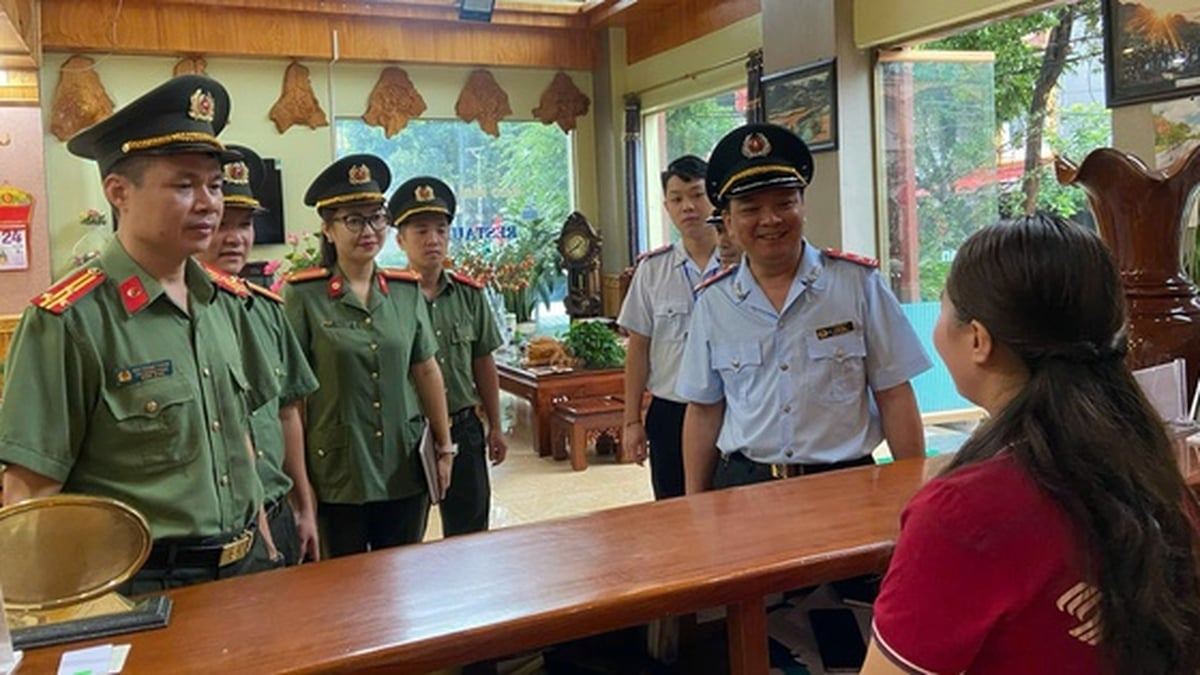
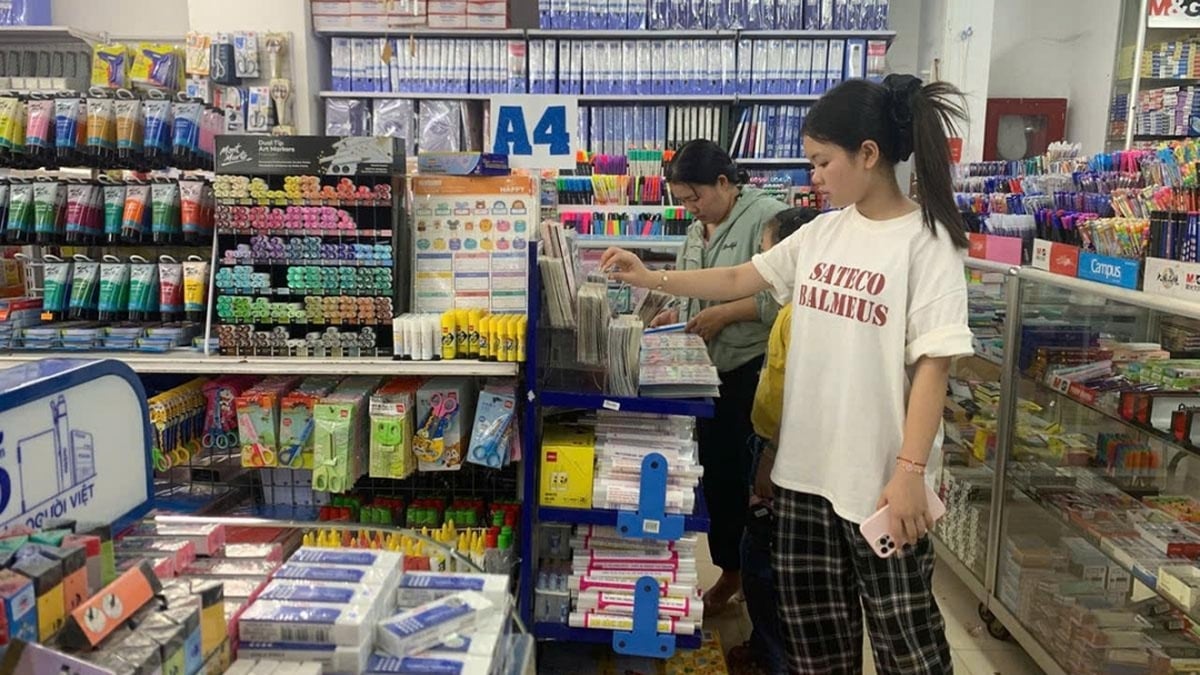
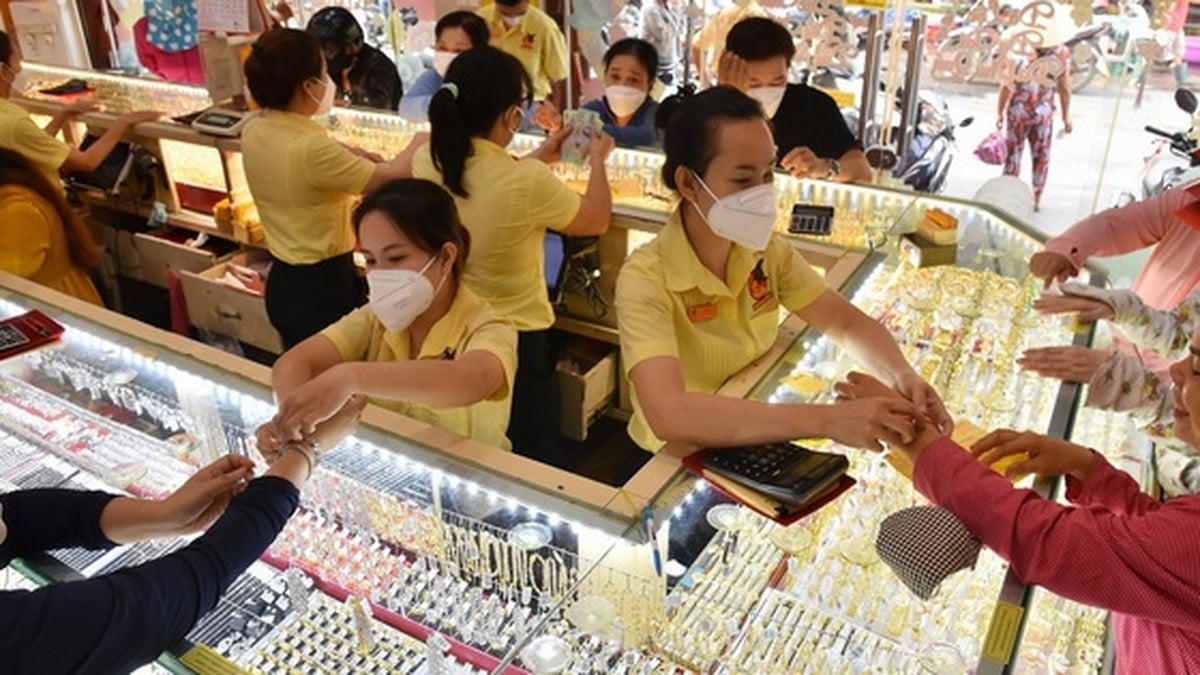
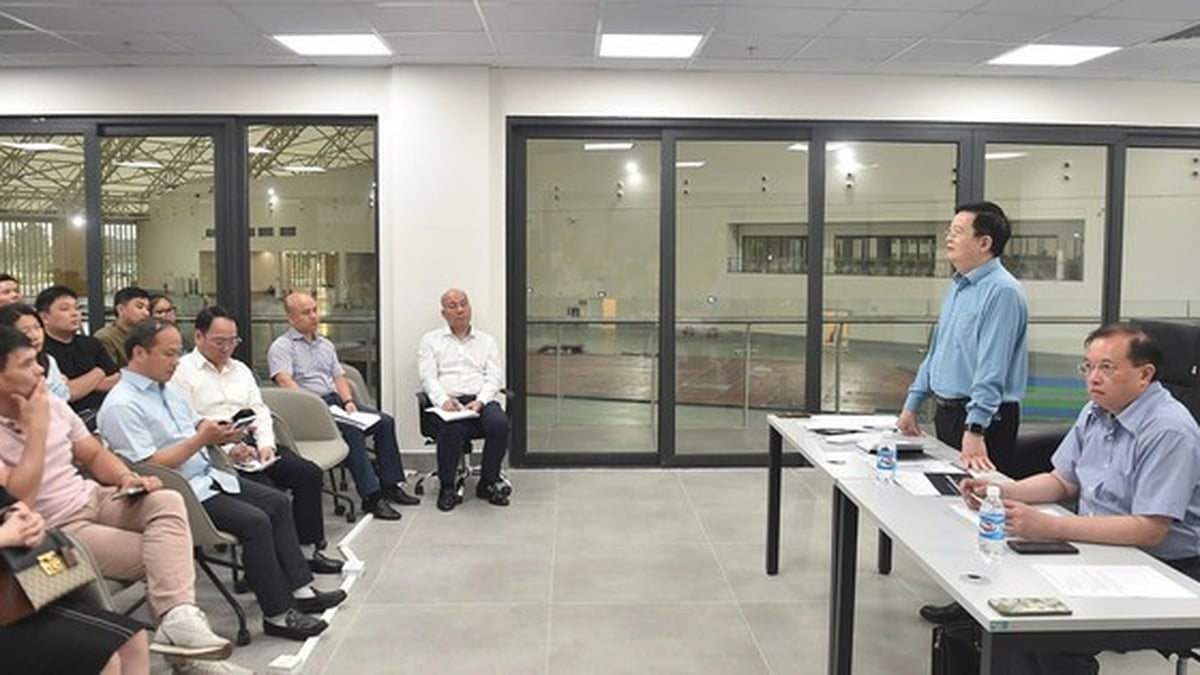












![[Photo] Nghe An: Provincial Road 543D seriously eroded due to floods](https://vphoto.vietnam.vn/thumb/1200x675/vietnam/resource/IMAGE/2025/8/5/5759d3837c26428799f6d929fa274493)






























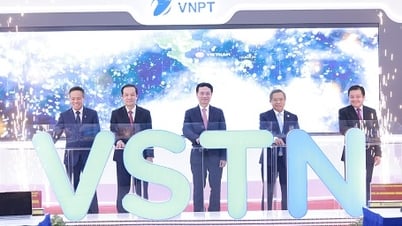

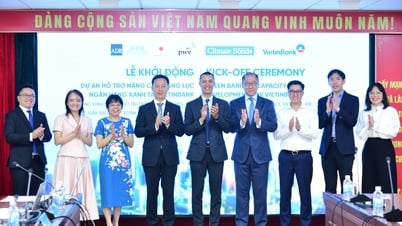


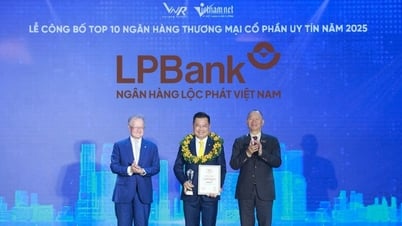


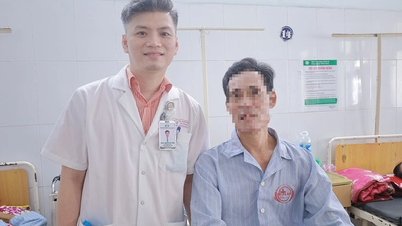
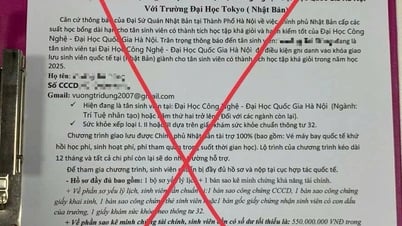
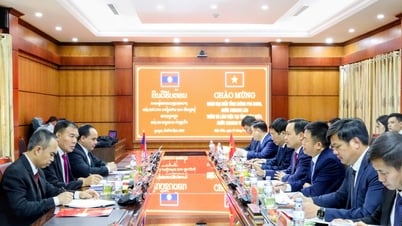


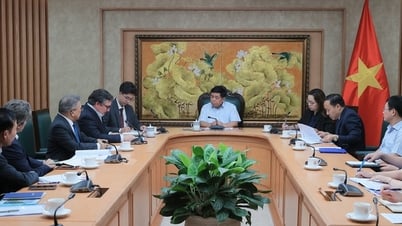



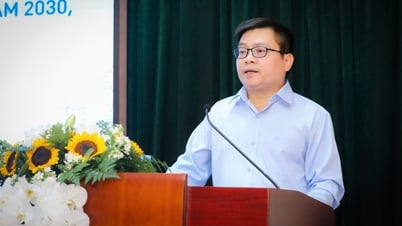

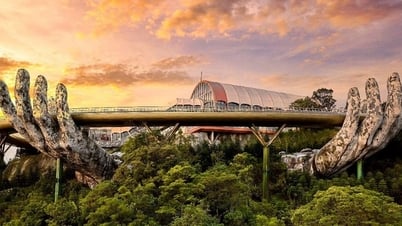


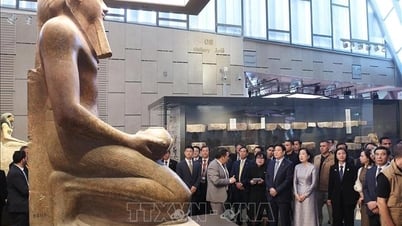
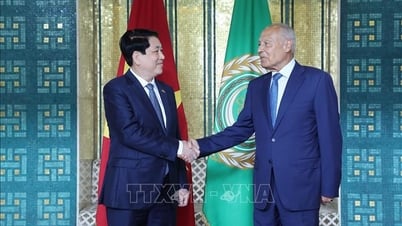

















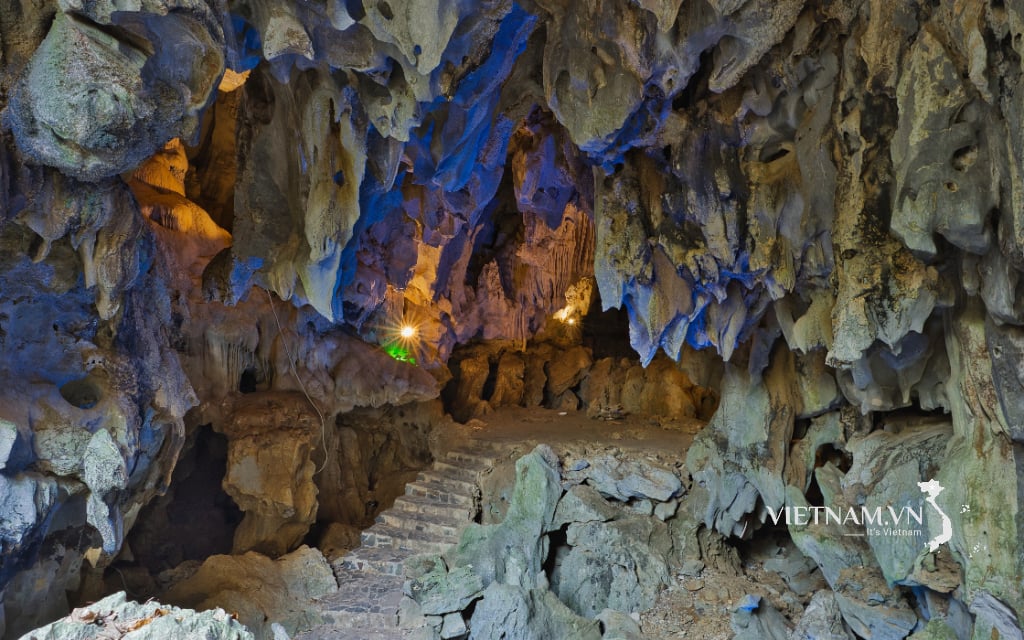



Comment (0)